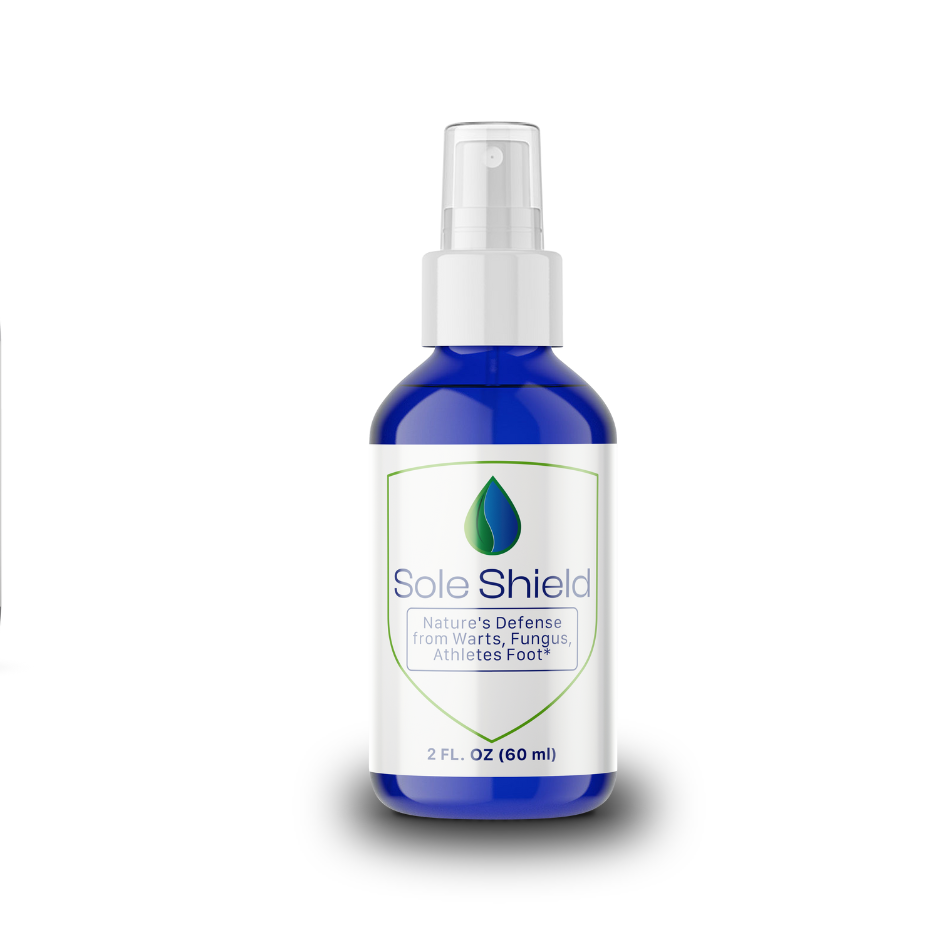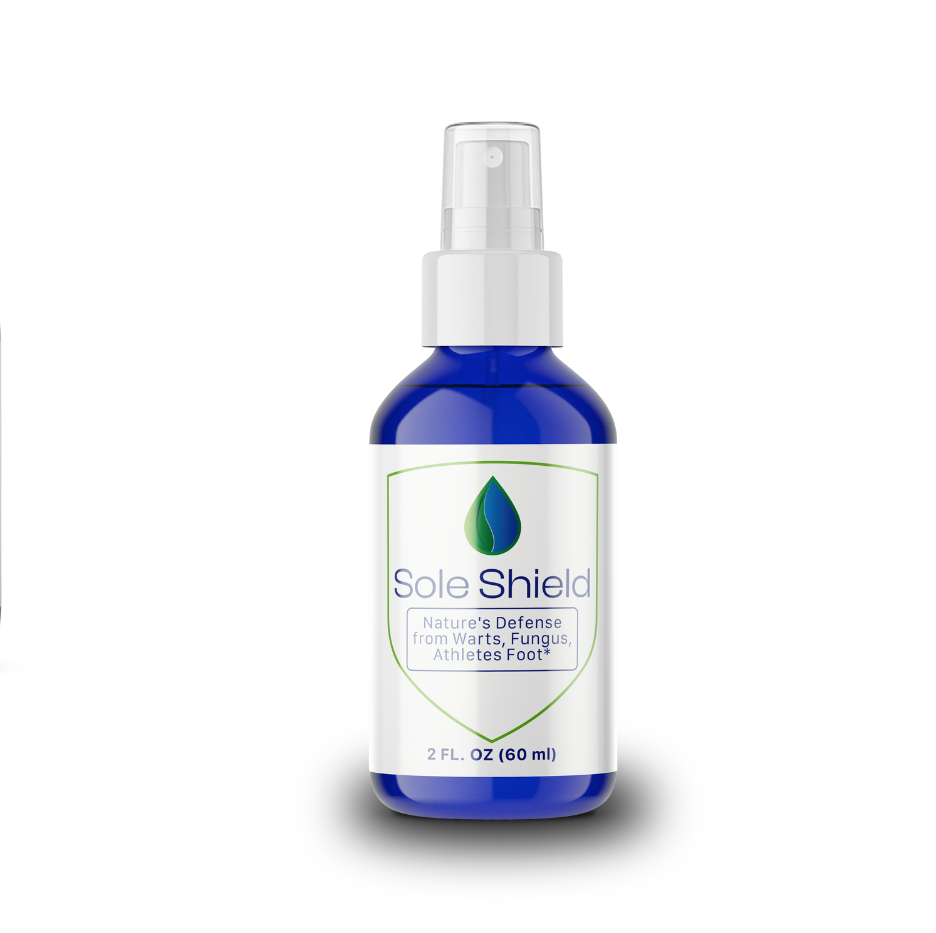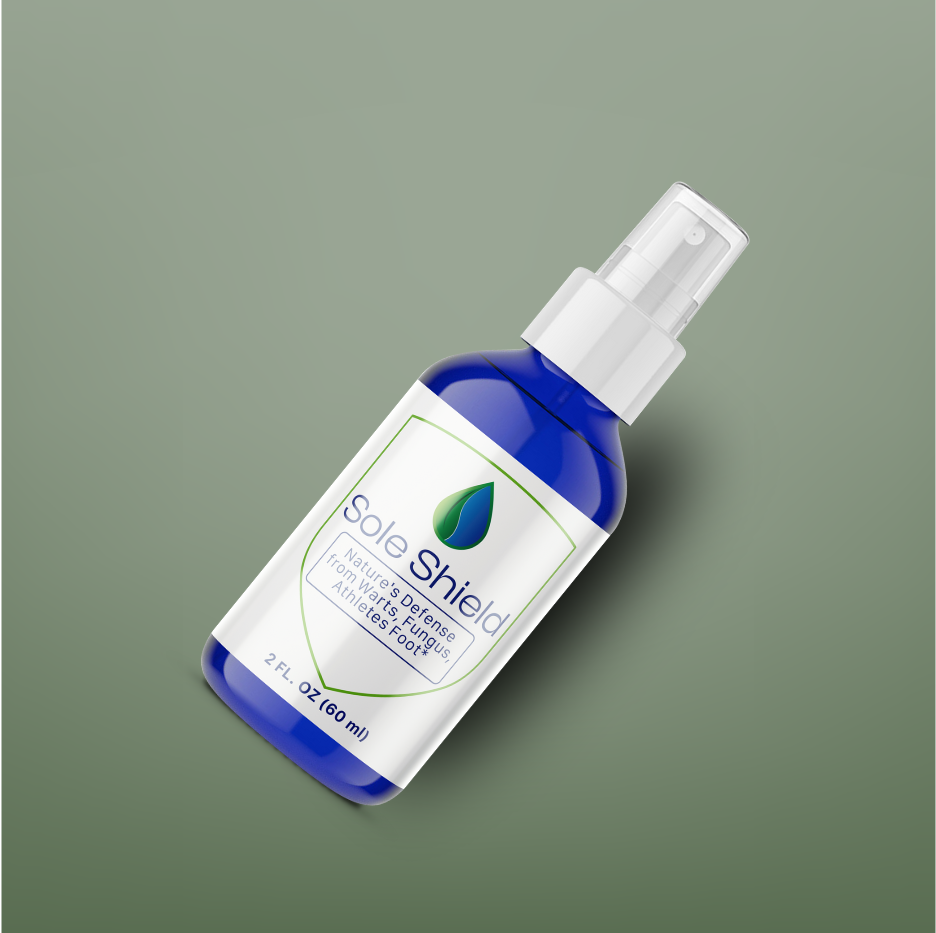The Hidden Role of Iodine: Why Low Levels Can Make Your Skin Fragile

When you hear about iodine, you probably think about the thyroid. It is true—iodine is essential for making thyroid hormones that control your metabolism, energy, and growth. But did you know that iodine also plays a big role in keeping your skin strong and healthy?
In fact, the quiet decline of iodine in our diets may be one reason why many people are noticing skin that feels more fragile, slower to heal, and prone to infection.
How Iodine Helps Protect Your Skin
Your skin is your first line of defense. Every day it protects you from bacteria, fungi, viruses, and the wear and tear of daily life. Iodine supports this barrier in three important ways:
-
Fights germs naturally: Iodine has broad-spectrum activity that helps control bacteria, fungi, and viruses on the skin’s surface.
-
Keeps skin cells strong: Iodine supports the outer layer of skin cells (keratinocytes), making them more resilient against damage.
-
Boosts local immunity: Topical iodine can spark a gentle immune response, helping your body clear damaged cells and heal faster.
Without enough iodine, the skin barrier weakens. That means cuts, scrapes, or even pressure points can turn into bigger problems.
Why Are We Getting Less Iodine?
In North America, iodine intake has been dropping for years. Here’s why:
-
Modern farming has stripped iodine from the soil, so fruits, vegetables, and grains naturally contain less.
-
Milk and dairy used to be a reliable iodine source, but changes in animal feed and processing mean levels are much lower today.
-
Processed foods rarely use iodized salt, even though they are high in sodium.
-
Trendy salts like sea salt and Himalayan pink salt may look natural, but they contain almost no iodine.
This quiet shift means that even people who eat what looks like a balanced diet may not be getting enough iodine.
A Real-Life Example: The Diabetic Foot
Take the case of someone with diabetes. Their skin is already at risk because of circulation problems and nerve damage. If iodine levels are low, the skin barrier is even weaker. Small cuts on the feet can turn into slow-healing wounds, increasing the risk of infection and ulcers.
This is not just a thyroid issue—it is a skin health issue that can affect quality of life in a big way.
How to Protect Yourself
The good news is, there are simple steps you can take to protect your iodine levels and your skin:
-
Use iodized salt at home rather than natural salts that lack iodine.
-
Eat iodine-rich foods like seafood, seaweed, dairy, and eggs.
-
Talk to your healthcare provider about iodine supplements if you are pregnant, vegetarian, or avoid seafood and dairy.
-
Support your skin directly with topical iodine solutions such as IodinePure, which can help keep the skin barrier strong, reduce germs, and support healing.
The Takeaway
Iodine is not just about your thyroid—it is about your skin’s strength and resilience. As iodine quietly disappears from our food supply, many of us are unknowingly putting our skin at risk. By paying attention to iodine in both diet and skin care, you can help protect yourself from fragility, infection, and delayed healing.
Written by: Dr Evan Lewis




